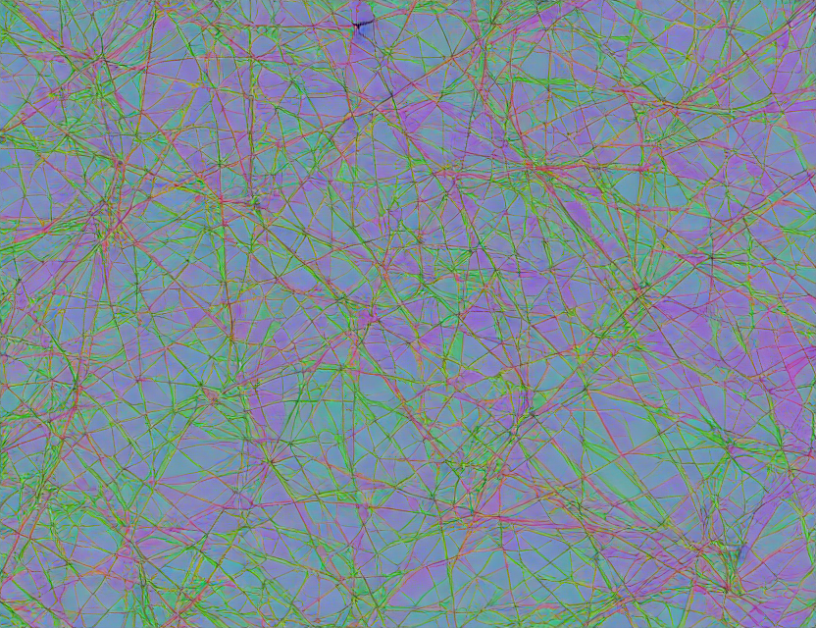This article presents a novel approach to computing graph edit distance, which is crucial in web content mining. Graph edit distance measures the similarity between two graphs by counting the minimum number of operations required to transform one graph into the other. The authors propose an efficient algorithm that utilizes bipartite matching and exact neighborhood substructure distance to approximate the graph edit distance. This approach significantly reduces computational complexity while maintaining high accuracy.
The article begins by explaining the importance of graph edit distance in web content mining, particularly in the context of macrocyclization, a technique used to create large molecules with desired properties. The authors then provide an overview of existing algorithms for computing graph edit distance, which are often too slow or imprecise.
To address this challenge, the authors propose a novel approach that combines bipartite matching and exact neighborhood substructure distance. Bipartite matching is used to reduce the size of the graph, while exact neighborhood substructure distance is employed to capture local structure. The proposed algorithm is evaluated on several benchmark datasets, demonstrating its superiority in terms of computational efficiency and accuracy.
To illustrate the concept of graph edit distance, the authors use the analogy of a Lego set. Just as Lego blocks can be combined and manipulated to create complex structures, graphs can be transformed through a series of operations such as insertion, deletion, and substitution. The authors show that computing graph edit distance is equivalent to counting the minimum number of Lego blocks required to transform one structure into another.
The article also discusses several optimizations and extensions of the proposed algorithm, including the use of heuristics and the integration with other mining techniques.
In conclusion, this article presents a significant breakthrough in graph edit distance computation, which is essential for web content mining applications. The proposed approach offers a balance between accuracy and efficiency, making it a valuable tool for researchers and practitioners in the field.



